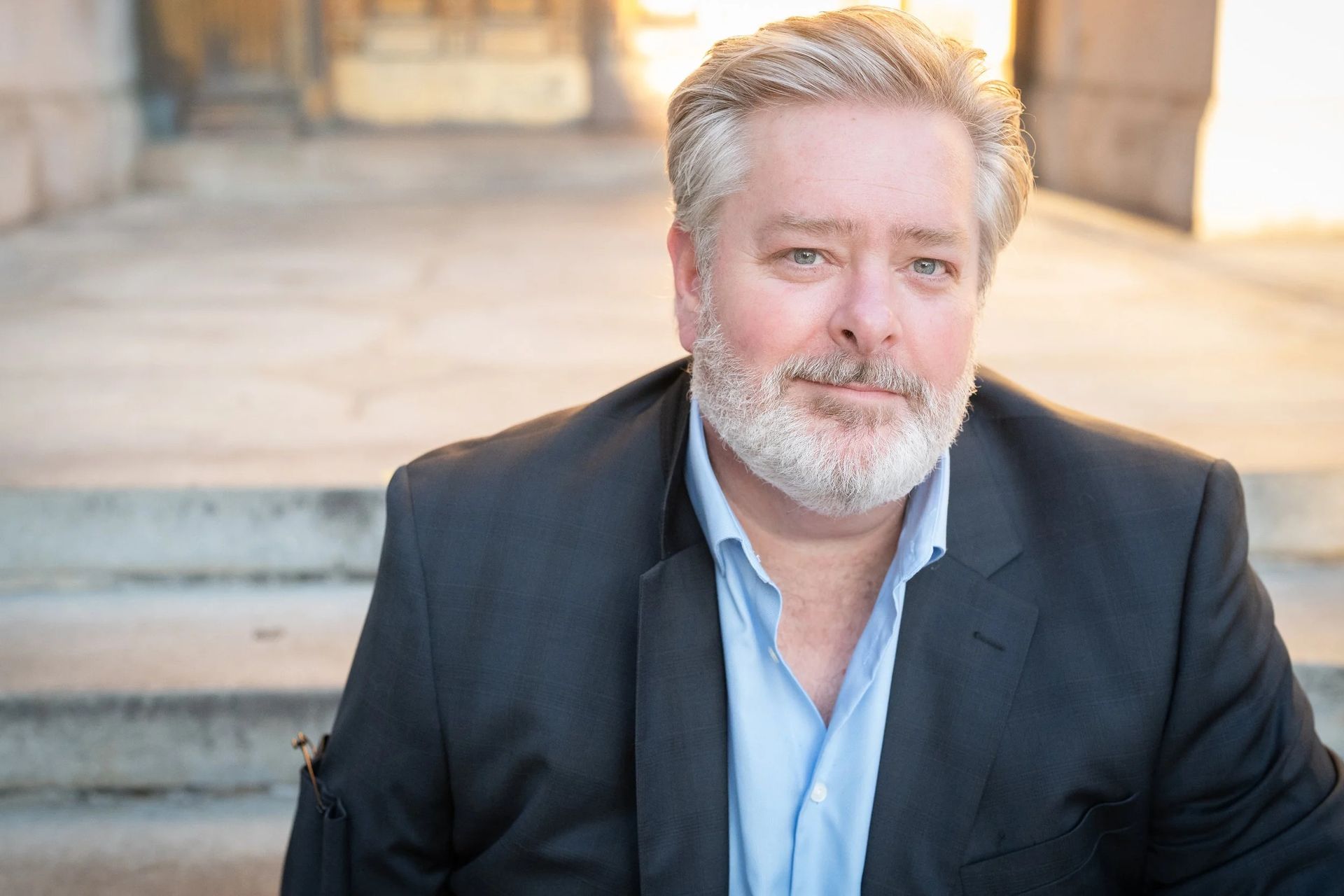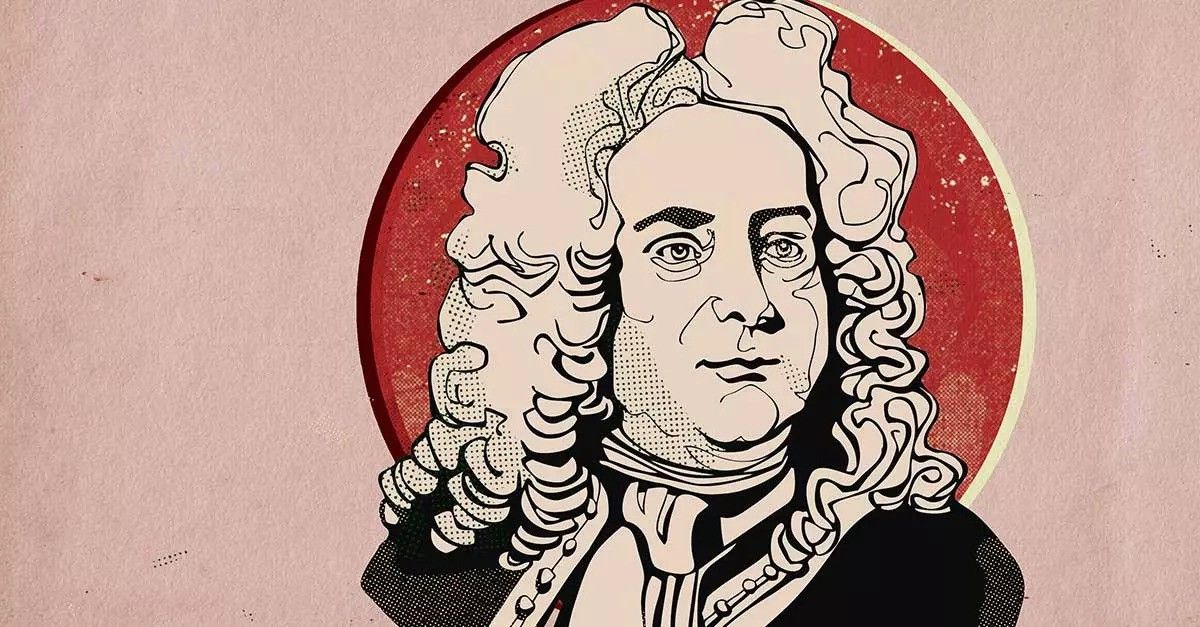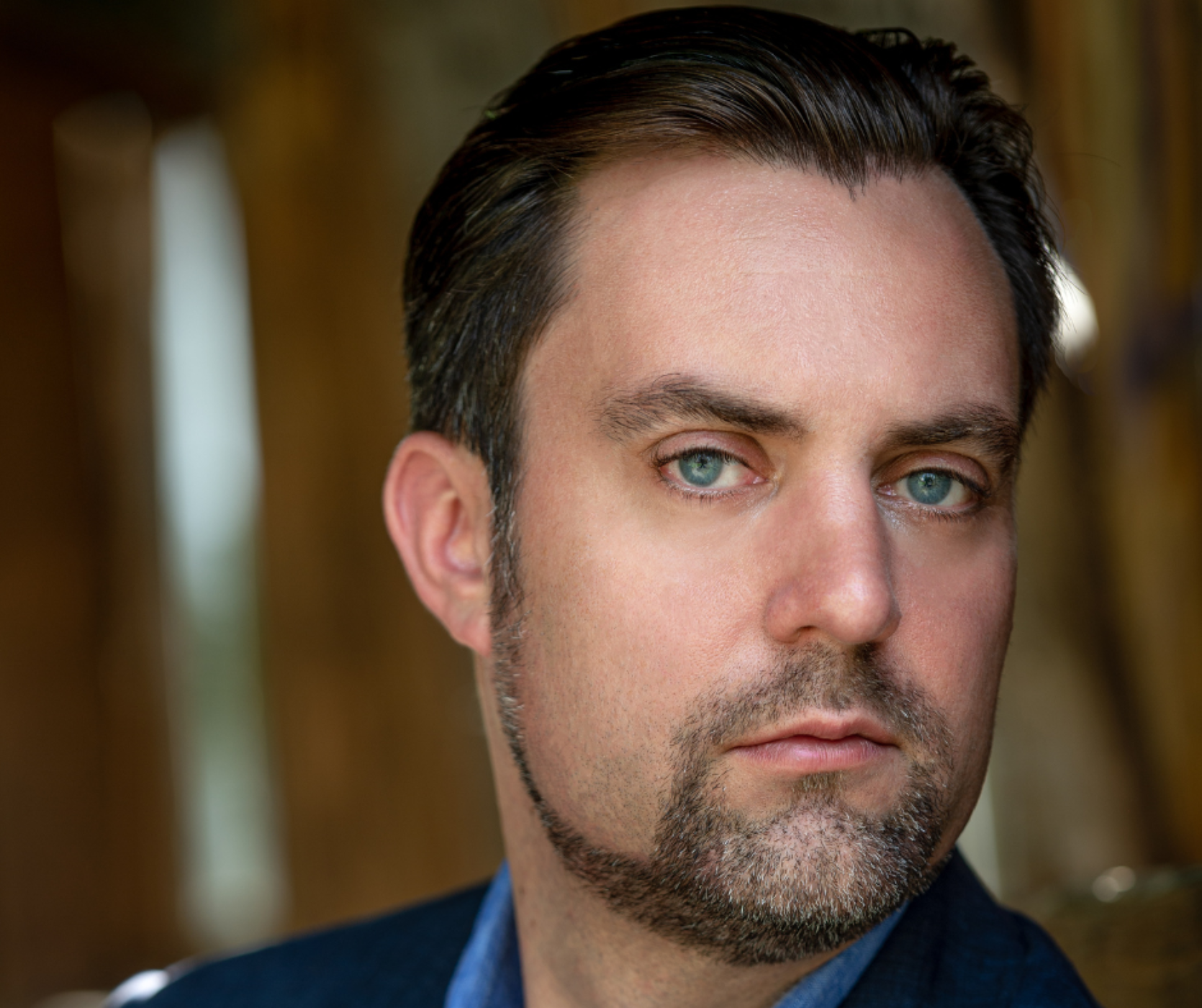THE STORY BEHIND: Price's Symphony No.3
Share

On April 9, Bramwell Tovey and the Rhode Island Philharmonic Orchestra will present American Classics with pianist Jon Kimura Parker.
THE STORY BEHIND: Price's Symphony No.3
Title:
Symphony No.3
Composer: Florence Price
(1887-1953)
Last time performed by the Rhode Island Philharmonic:
This is a RI Philharmonic Orchestra premiere. This piece is scored for three flutes, piccolo, two oboes, English horn, two clarinets, bass clarinet, two bassoons, four horns, three trumpets, three trombones, tuba, timpani, percussion, harp, celesta and strings.
The Story:
The life of Florence Price (née Smith) was filled with both joy and sorrow. Price was a prodigy, graduating high school as valedictorian at the age of 14. She hailed from near Little Rock, Arkansas. After graduation, she went on to obtain higher education in music at the New England Conservatory in Boston. She studied piano and organ, composing her first symphony and graduating with honors (1906) with a double major in organ and music education. She then studied privately with Professor/Composer George Whitefield Chadwick, who continued to be a mentor to Price for many years. Returning to Arkansas, she taught at the college level, married, and had three children (two girls and a boy).
Deeply concerned about racial oppression, the family moved to Chicago in 1927. In the North, their timing was good. New York, Chicago, and elsewhere were experiencing the “Harlem Renaissance” during the 1920s-30s. Price’s conservative neo-Romantic compositional style fit the expectations and desires of concert-hall audiences. Her Symphony No. 1 in E Minor (composed in 1931-32) won the Wanamaker competition, and the work drew the attention of Frederick Stock, conductor of the Chicago Symphony Orchestra. Stock was so impressed with the work that he programmed and conducted its world premiere in 1933. Thus, Florence Price became the first Black American woman to have an orchestral work performed by a
major U.S. orchestra. Price’s career was launched. She composed a total of six symphonies, other orchestral music, concertos for the piano and for the violin, many songs and vocal arrangements, choral works and arrangements, and piano music (chiefly educational).
Florence Price composed her Symphony No. 3 during 1939-40. Its premiere took place during 1940 by the Detroit Civic Orchestra, Valter Poole, conductor. The work is still being performed today. Earlier in 2021, it was heard in Stockholm, Sweden. The work is scheduled for a 2022 performance in New York’s Carnegie Hall. In Classic-Romantic fashion, Symphony No. 3 consists of four movements:
I.
Andante; Allegro. The moderately paced introduction offers elements of mystery and foreboding. This mood is suddenly broken by the movement’s main body. Rapidly changing ideas soon give way to more lyrical designs, with several references to a downcast Negro spiritual. This then becomes the substance for development until interrupted by rapid, jockos’ musical ideas. Sadness again pulls the mood down, only to be interrupted by spirited motives form alternating sections of the orchestra (strings, woodwinds, and brass), which lead to the movement’s sharp conclusion.
II.
Andante ma non troppo. Here is Price’s unique blend of post-Romantic style and echoes of Negro spirituals. Her harmonic style is entirely personal and intimate. In the middle of the movement, the brass section plays a few phrases in Spiritual style, echoed and developed in turn by the woodwinds and strings in the manner of a Dvořák symphony.
III. “Juba.” The “Juba” was originally a dance brought over to the southern U.S. by African slaves. Its syncopated rhythms invited stomping, slapping, and patting the arms, legs, chest, and cheeks: thus the popular African-American expression, “pattin’ Juba.” In addition to its direct ethnic expression, this movement is an entertaining interlude in a thus-far completely serious symphony.
IV.
Scherzo. Finale. Although “Juba” stands in the position of a traditional symphonic scherzo, Price saves her actual scherzo for the cheerful, witty finale to this symphony. In fast triple-time themes and individual ideas, she constructs a superior final movement filled with ceaseless jubilance. This music (in addition to “Juba”) balances out the seriousness of the first two movements.
Program Notes by Dr. Michael Fink © 2022 ALL RIGHTS RESERVED
Tickets start at $15! Click HERE or call 401-248-7000 to purchase today!







